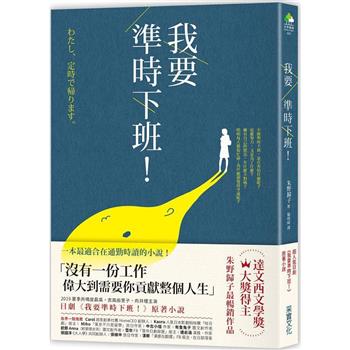This book is a study of the emergence of international business. It immerses itself in the topic of how companies can control income-generating assets in foreign countries, the key element often used to define a multinational enterprise, and propounds the notion that control of crucial dispositions by foreign companies can be achieved by other means than direct foreign investment - cash flow and portfolio ownership.
Internationalisation and Strategic Control analyses the extent to which a firm can control the investments of foreign companies in the field of supply and maintenance of production machinery. It achieves this through a case study of how F.L. Smidth & Co., global leaders in providing technology for the cement industry since the 1890s, managed to achieve a vital influence over, and control of, cement-producing companies in Asia in the period 1890-1938. The study examines how this strategy was promoted by some internal and external factors and circumstances, and hindered by others.
In highlighting strategic tools and initiatives other than cash flow and portfolio ownership, the book applies concepts taken from a broad range of research fields covering social science, cultural analysis, micro history, Actor-Network-Theory and industrial archaeology. It will be of interest to researchers, academics, and students in the fields of international business, business history and globalisation.






![塔木德:猶太人的致富聖經[修訂版]:1000多年來帶領猶太人快速累積財富的神祕經典 塔木德:猶太人的致富聖經[修訂版]:1000多年來帶領猶太人快速累積財富的神祕經典](https://media.taaze.tw/showLargeImage.html?sc=11100697818)





